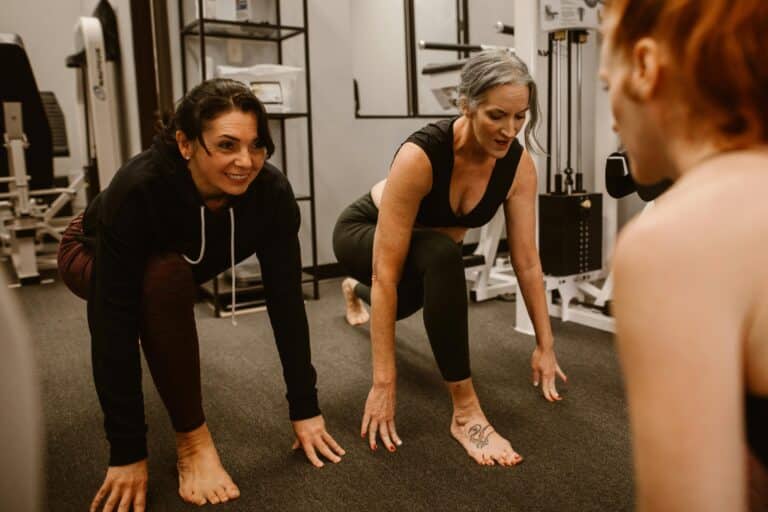By Nancy Maes
Earlier this year, Sen. Harry Reid was doing his regular strengthening routine at his home in Las Vegas. The ultrastrong exercise band he was using, which was reportedly attached to a door, broke with such force that it catapulted him backward and sideways, sending him crashing into cabinets.
It could have made a funny skit on “Saturday Night Live,” except that the accident was no laughing matter. The 75-year-old Reid, who usually does 250 sit-ups three times a week, suffered several broken ribs and broken bones around his right eye, which required two surgeries so far. The second took place on Feb. 11. As of press time, doctors are still not sure if total sight will be restored, though they are optimistic. While home exercise equipment is helpful for a healthy lifestyle, it can be dangerous if not used properly.
Prevention is the best way to avoid equipment injury, says Carrie Jaworski, MD, a family and sports medicine specialist with NorthShore University HealthSystem. “We always tell people to check resistance bands used in exercise and physical therapy for little tears because they can snap, and if you’re using them near your face, they can hit your eyes and be dangerous for your vision,” she says. If exercise bands are attached to a door or a piece of furniture, it’s important that they be properly anchored. “If your door doesn’t have a strong frame, and you’re a larger person, you want to make sure the frame can support your weight,” she says. “Furniture can fall over on people if they put bands where they are not appropriate.”
Motorized treadmills can present risks such as bumps, bruises, broken bones and concussions from falls. There can also be friction burns and injuries to fingers and hands if they get trapped under the moving belt. “People often hop onto a machine and figure it out as they go,” Jaworski says. “But with the treadmill, they should first find out how it works and how to start it and stop it quickly if they need to.” Know how to use the emergency stop button in case of a problem, she adds.
Home exercise equipment is especially hazardous for curious children who see the machines as giant playthings. The Consumer Product Safety Commission (CPSC) estimates that in 2013, approximately 4,255 emergency room visits were caused by injuries from equipment, like stationary bicycles, treadmills and stair climbers, to children under age 5, and 12,039 injuries to youngsters between ages 5 and 14. Cynthia LaBella, MD, medical director of the Institute for Sports Medicine at Lurie Children’s Hospital, points out that young children can easily slip and fall off stationary bikes that aren’t designed for pint-sized riders. Also, little ones playing with free weights that are too heavy for them might drop them on their toes or other body parts.
Treadmills are particularly dangerous for young children. In a tragic accident that made headlines, Mike Tyson’s 4-year-old daughter was killed at home in 2009, when she strangled on a cord attached to a treadmill. “Toddlers and preschool children should not play on exercise equipment, even if supervised,” LaBella says. When a treadmill is not being used, it should be unplugged or locked so that a child cannot turn it on. If a key is needed to start the machine, it should be removed and kept in a safe place. For maximum childproofing, the equipment should be kept in a room that can be locked.
LaBella points out that preteens and teens can use home exercise equipment for strength training or to prepare for playing a sport, but they need adult supervision. “You shouldn’t send your 12-year-old downstairs with his or her buddies to exercise on the equipment by themselves,” she says. “You need to have a dialogue with them about how to use the equipment appropriately, and they should be supervised by an adult who is knowledgeable about strength-training techniques appropriate for children and teens.” Some of the most effective strength-training programs, she says, do not require any specialized equipment at all.
Keep using that home exercise equipment; just use it with safety precautions in mind, Jaworski says. “Sports medicine doctors want to encourage people to exercise, so we don’t want them to be afraid to use home equipment, but common sense goes a long way.”










